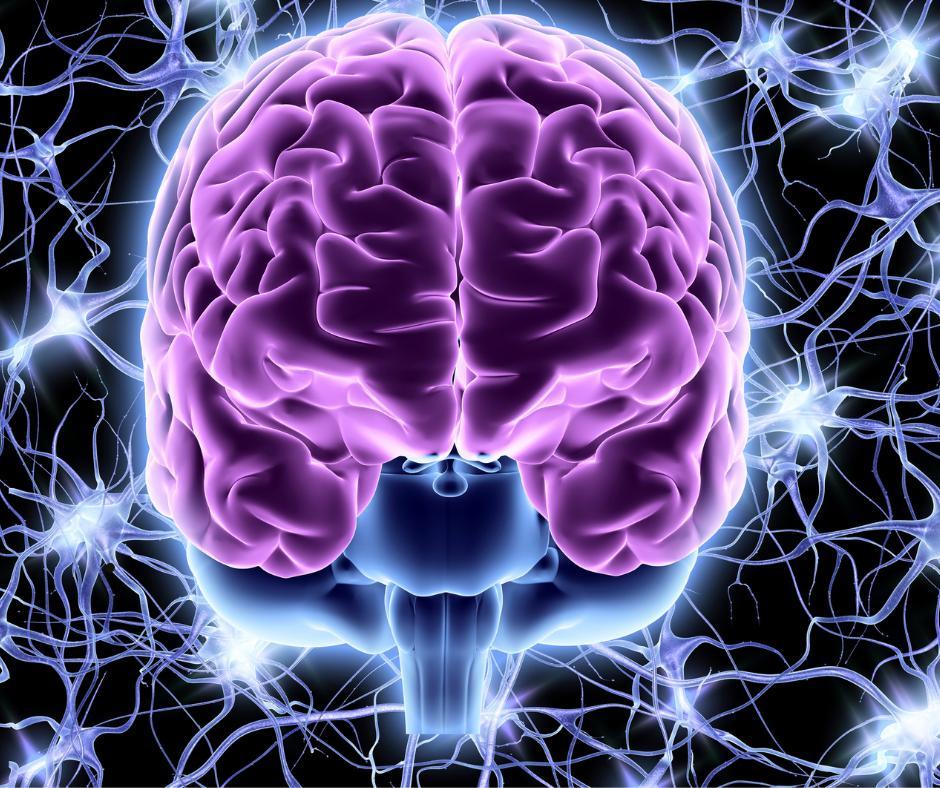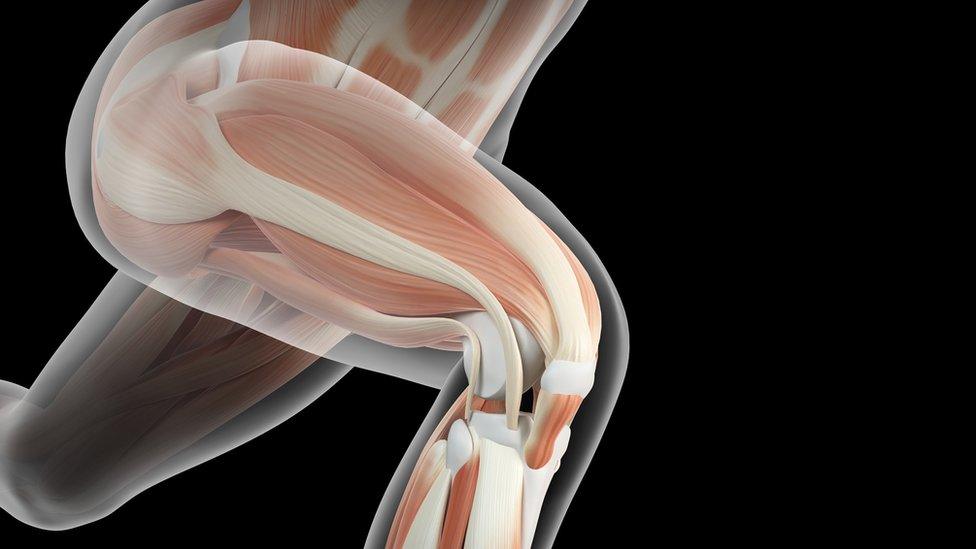By Dr. Styliani Spyridi, Consultant Psychiatrist Introduction In the field of psychiatry, we increasingly recognize…

Neuroplasticity: The Brain’s Pathway to Healing
In the intricate landscape of mental health, the concept of neuroplasticity offers a beacon of hope. It underscores the brain’s remarkable ability to reorganize itself by forming new neural connections throughout life. This adaptability is not just a biological curiosity; it’s the foundation of therapeutic interventions that facilitate healing and growth.

Understanding Neuroplasticity
Neuroplasticity refers to the brain’s capacity to rewire itself in response to learning, experience, or injury. This dynamic process involves strengthening existing neural pathways and creating new ones, enabling the brain to adapt to new circumstances, recover from trauma, and improve cognitive functions.

Neuroplasticity in Mental Health Recovery
Research has illuminated how neuroplasticity plays a pivotal role in mental health recovery:
Therapeutic Interventions: Cognitive Behavioral Therapy (CBT) and other therapeutic modalities have been shown to induce neuroplastic changes. These therapies help individuals reframe negative thought patterns, leading to structural and functional changes in the brain that support improved mental health outcomes.
Pharmacological Advances: Medications that influence neurotrophic factors, which support the growth and survival of neurons, can enhance neuroplasticity. This approach is particularly relevant in treating conditions like depression, where neuroplastic changes are often impaired.
Innovative Therapies: Techniques such as Repetitive Transcranial Magnetic Stimulation (rTMS) have demonstrated the ability to stimulate neuroplasticity in specific brain regions, offering relief for individuals with treatment-resistant depression and other psychiatric disorders.

Practical Implications for Clients
Understanding neuroplasticity empowers clients to actively participate in their healing journey:
Engagement in Therapy: Regular participation in therapeutic sessions can lead to lasting changes in brain structure and function, reinforcing the benefits of consistent mental health care.
Lifestyle Modifications: Incorporating regular physical activity, adequate sleep, and a balanced diet rich in nutrients that support brain health can enhance neuroplasticity and overall well-being.
Mindfulness Practices: Techniques such as meditation and mindfulness have been shown to promote neuroplasticity, aiding in stress reduction and emotional regulation.

Conclusion
Neuroplasticity offers a scientific basis for hope and recovery. It illustrates that the brain is not a static organ but a dynamic system capable of change and healing. For individuals facing mental health challenges, this understanding can be empowering, reinforcing the belief that with the right interventions and support, transformation is not only possible—it is within reach.
References:
This Is What Happens to Your Brain When You Do Therapy. Verywell Mind. Published: 11 months ago.
Neuroplasticity in Depression: A Narrative Review with Evidence-Based Insights. PubMed.
Repetitive Transcranial Magnetic Stimulation-Induced Neuroplasticity and the Treatment of Psychiatric Disorders: State of the Evidence and Future Opportunities. PubMed.



